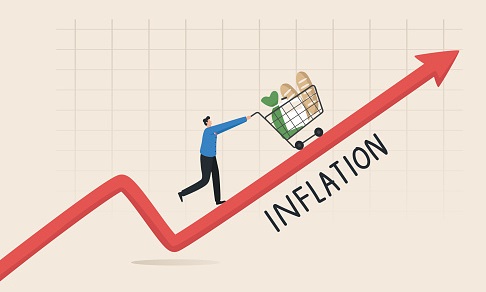The main focus during the US dollar, which continued to weaken and inflation data from China that stayed at low levels in May, as the economy falter even after its strict Covid lockdown measures lifted late last year.
Producer price index in May fell 4.6%, marking the steepest year-on-year drop in seven years, when producer prices saw a year-on-year drop of 7.2% in May 2016.
The latest reading fell further from a decline of 3.6% in April and lower than expectations to see a decline of 4.3% in May, according to Reuters poll of economists.
Economists surveyed by Reuters expected China’s consumer price index to rise 0.3% year-on-year after marking a two-year low of 0.1% in April. Month-on-month, economists predicted a 0.1% decline.
Recent economic data pointed to a disappointing recovery from China’s strict Covid lockdown measures as the economy struggles with softening demand and falling exports.
A former IMF official, Desmond Lachman, wrote an op-ed in US media outlet Barron where he noted that “The question now is whether China will experience a lost economic decade as Japan did in the 1990s following the bursting of its property and credit market bubble.”
Worrying he said that “We may be at the end of the period when China, the world’s second-largest economy, served as the world economy’s main growth engine and the main driver of international commodity prices.”
Bank of Japan Governor Ueda spoke before parliament sticking to his support for easy monetary policy. Despite the ongoing US dollar weakness, the USDJPY pair continued to hold about the 139.00 handle.
Governor Ueda noted that the bank “will patiently maintain current monetary easing” and “By supporting economy, we can create positive economic cycle where wages rise both on nominal, real basis.”




